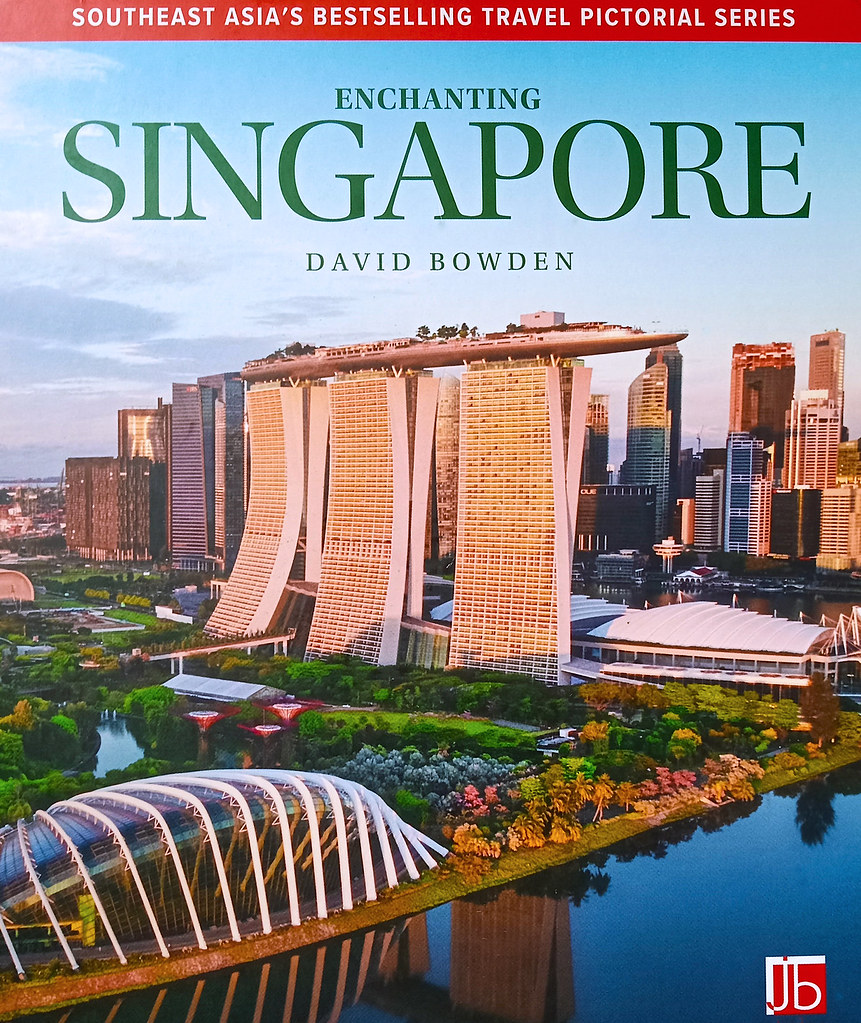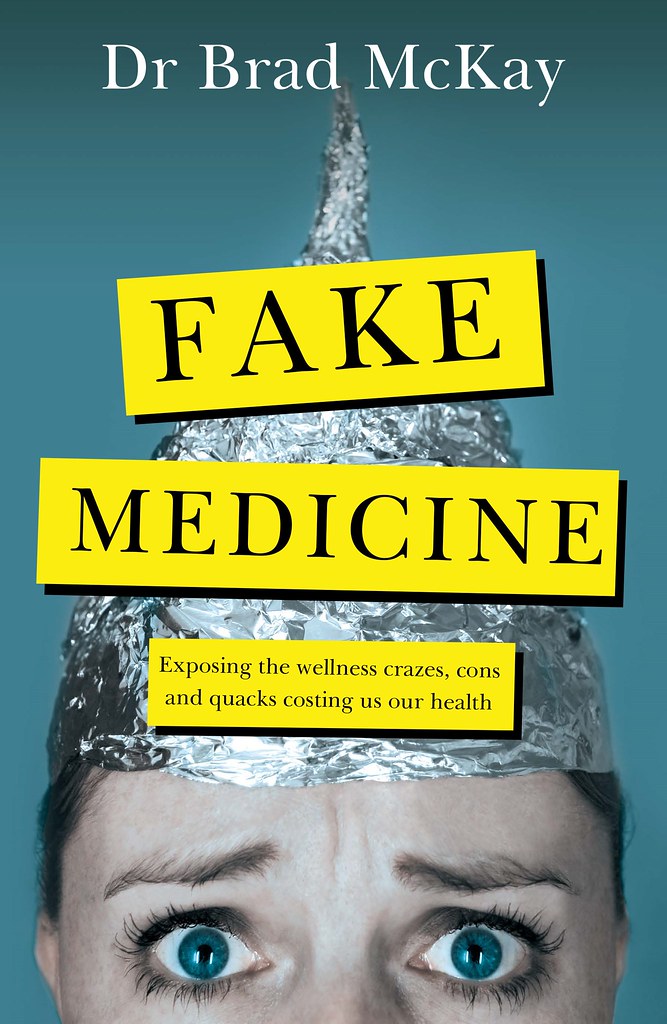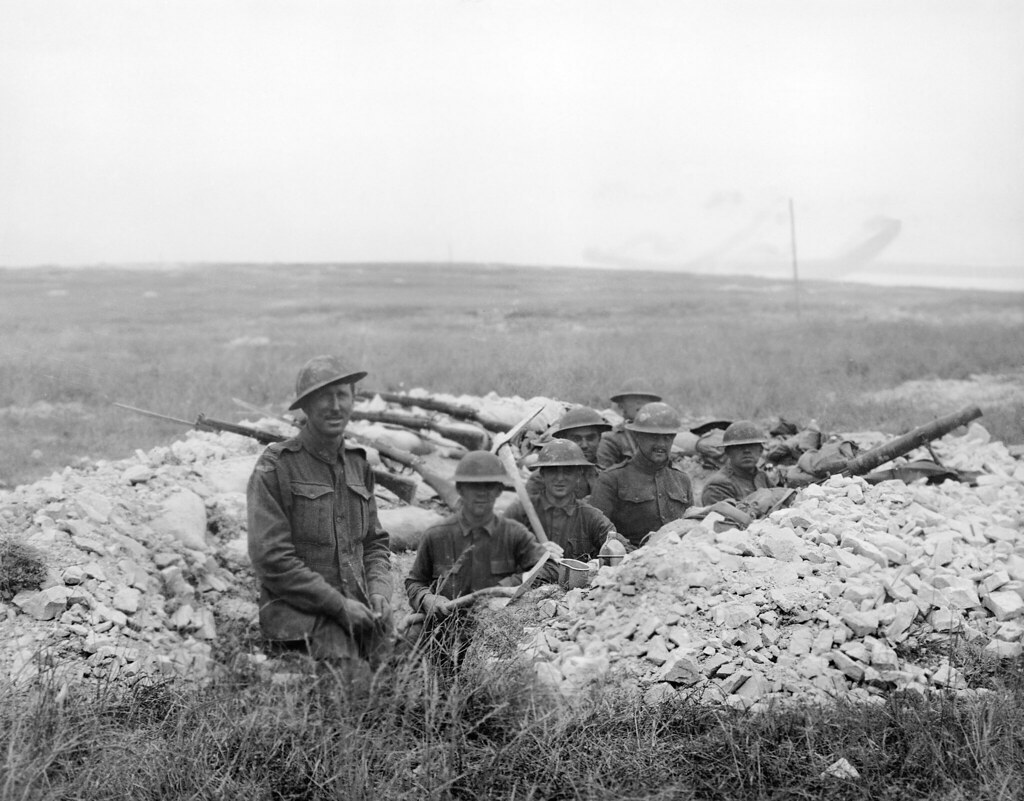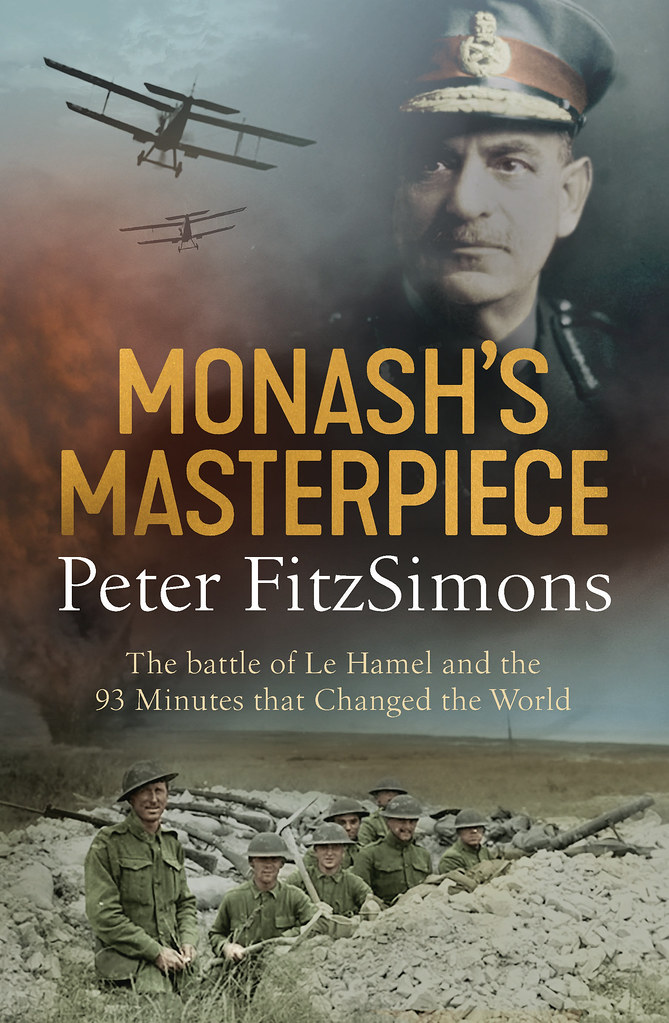Sunday, June 1, 2025
How did a few Japanese planes destroy a British fleet
"The Depths of December offers a concise yet impactful exploration of one of the most significant naval battles in World War II. This 12,000-word account details the confrontation between the British Far East Fleet and the Mitsubishi Bombers from the 22nd Flotilla of the Imperial Japanese Air Service, taking place off the coasts of Singapore and Malaya. The narrative is delivered with vigor and authority by the accomplished author.
For years, Britain and Japan had adopted contrasting military strategies: the former relied on powerful artillery, while the latter focused on the efficacy of aerial strikes. On December 10, 1941—shortly after the attack on Pearl Harbor—the true effectiveness of these strategies was put to the test. This work exemplifies Stuart Lloyd's signature storytelling style by incorporating firsthand accounts from those directly engaged in the heat of battle, thereby propelling the narrative forward.
Readers are positioned as virtual spectators in the waters near Kuantan, Malaya. The intensity of the experience can be gauged through the words of Seaman Matthews: “The vibration and speed of Repulse was truly unbelievable. Our skipper had us falling over everywhere in his attempts to evade the incoming torpedoes.… I began to notice that the bombers were starting to fly directly overhead after they’d dropped their torpedoes. It was as if they were taunting us. I could even see the pilots’ faces quite clearly.”
Ian Hay, involved in the chaotic scene, recalls his harrowing task as an ammunition bearer, running between storage areas and exposed gun mounts. “The run back along the deck was terrifying. It had now claimed the lives of three of our delivery party, all by machine gun fire. It was like playing some crazy game of dare.” In this audiobook, Stuart Lloyd demonstrates his prowess as a storyteller, immersing listeners in a momentous episode from history."
Wednesday, January 15, 2025
John Farnham narrates his audiobook
The legendary John Farnham AO will narrate the audiobook edition of his highly anticipated memoir, The Voice Inside, co-written with Poppy Stockell. In a special touch, two chapters written by John’s wife, Jill Farnham, will be narrated by Jill herself.
John Farnham says: ‘I’ve just finished narrating my audiobook. It was a bit of a roller-coaster ride. There were more than a few laughs, and some tears, but it made me realise how lucky I’ve been.’
Vanessa Radnidge, Head of Literary at Hachette Australia, says: ‘Earlier this year when we announced John Farnham was writing his memoir with the help of Poppy Stockell, many fans eagerly asked if he would record the audiobook himself. At the time, we could not provide an answer, and I honestly did not think it would be possible. But John is a born entertainer, and he never wants to disappoint his fans. Despite the challenges posed by surgery and radiation, John dedicated many hours in the studio to record his book in his own voice. Now, I cannot imagine anyone else narrating it. Listening to him is such a delight - the heart, emotion, and showmanship are all there. So are the laughs, the giggles, and the tears. John feels lucky to have lived the life he has, and I know we are all incredibly lucky to have John Farnham share the voice inside with all of us.’
The audiobook edition of The Voice Inside, narrated by John Farnham with Jill Farnham, will be available on 30 October 2024.
About John Farnham:
JOHN FARNHAM is an Australian national treasure, one of Australia’s top performing artists and the greatest singer Australia has ever produced. His career spans more than five decades.
Born in London, John immigrated to Australia with his family in 1959 at the age of ten. From high school he played in local bands around Melbourne and in 1967 John left a plumbing apprenticeship to pursue a full-time career in entertainment. And what a career it has been.
For five years, from 1969 to 1973, John was voted the King of Pop, and his success brought him screaming fans and recording contracts, won him starring roles in stage shows and musicals and delivered twelve singles and six albums that all achieved gold status. The fickle nature of pop saw his pop career wane in the late seventies, but John’s talent continued to develop. In 1980 he formed his own band and with them he performed the Beatles classic ‘Help’ to critical acclaim. In 1982, he was invited to front the Little River Band (LRB) and he toured extensively with the band in the US. But it was after leaving LRB that John truly came into his own. In 1986 he released his first solo album in six years, called Whispering Jack. This phenomenal album was No. 1 on the Australian music charts for 25 weeks and topped the charts throughout Europe, England and Canada. It
is still Australia’s highest-selling album of all time by a local artist and the album won John numerous ARIA awards. More chart-topping albums would follow. Throughout his career John has regularly toured both Australian and overseas markets. At home, his tours are renowned for breaking attendance records at major entertainment venues.
There are so many accolades to list so here are just a few. In 1987 John Farnham was named Australian of the Year and on Australia Day in 1996 he was honoured with the Order of Australia for Services to Music and Charity. In 1997 he was recognised as the Most Broadcast Australian Recording Artist of all time by the Phonographic Performance Company of Australia. ln 1999, he toured East Timor for the ‘Tour of Duty – Concert for the INTERFET Troops’. In 2000, John performed with Olivia Newton-John for the Opening Ceremony of the Sydney Olympic Games. In 2003, John was inducted into the Australian music industry’s ARIA Hall of Fame. John continued to record and tour and has collaborated and toured with some of Australia’s and the world’s best performers. He is acknowledged by artists like Celine Dion, Tom Jones, Chris Martin and Jimmy Barnes as ‘the Voice’.
 |
| Post cancer surgery (Source: news.com.au) |
In August 2022, John was diagnosed with mouth cancer and retreated with his wife of over fifty years, Jill, to fight this cancer battle. In 2023 the documentary called Finding the Voice, that looked at John’s career and the creation of Whispering Jack, was released. It became the highest grossing Australian-made film in 2023. The soundtrack received an ARIA Award, and it was awarded an ACCTA Award for Best Documentary. Following the release of the documentary John had three albums in the ARIA Charts. Over his career he has won twenty ARIA Awards. Twelve months on from his diagnosis and subsequent surgery John remains cancer free. Whilst he continues on the road to recovery, he is writing his memoir, which will be released by Hachette Australia in November 2024.
Tuesday, June 18, 2024
Australia for UNHCR launches refugee cookbook

Australia for UNHCR has launched a new online cookbook showcasing treasured recipes by current and former refugees to raise money for the UN Refugee Agency, ahead of World Refugee Day (Thursday 20 June 2024).
Flavours of Hope includes recipes and stories from ten remarkable individuals, including those who have found safety in Australia and others living as refugees overseas.
“Although our contributors have survived extremely difficult experiences, they have not lost the urge to share what they have with others – in this case, their stories, their culture and their food,” Australia for UNHCR CEO, Trudi Mitchell, said.
“I encourage everyone to download the free book via our website to experience these amazing recipes and help support the cause.”
The release of the cookbook coincides with World Refugee Day, an annual celebration of the talent, contribution and resilience of refugees in our community.
Australia for UNHCR Ambassador and founder of Boost Juice, Janine Allis, is making a donation every time someone downloads the book.
These funds will go towards UNHCR’s life-saving work helping people flee conflict, disaster and persecution around the world.
 |
| Fatima Yousufi and her mother Khadija. ©Australia for UNHCR/Sally Hulse. |
Cooks featured in Flavours of Hope include former AFLW player and Australia for UNHCR Ambassador Akec Makur Chuot, Melbourne restaurant owner Hamed Allahyari, and Captain of the Afghan women’s football team, Fatima Yousufi.
“Afghan food has a very special taste. The flavours are so unique and whenever those smells hit my nose, it takes me straight back to my childhood,” Fatima Yousufi said.
“Eating Afghan food in Australia has allowed me to feel much more alive and connected.”
The free cookbook can be downloaded via: unrefugees.org.au/cookbook
Monday, June 10, 2024
The Art of Suffering - Cycling Photography Book Published by Laurence King Publishing
On 13th June, Laurence King Publishing will publish The Art of Suffering: Capturing the Brutal Beauty of Road Cycling, by world-class pro-cycling photographer Kristof Ramon (Kramon). The visually stunning photography book offers an intimate look into the world of professional road cycling through the eyes of Kramon, who captures moments of intense determination, and the raw emotion that defines the sport. With a foreword by Belgian superstar racer Wout van Aert, and texts and insight by award-winning author Matt Rendell, readers are given an insider's view on the resilience and pain endurance demanded by the sport.
Tuesday, April 16, 2024
Enchanting Singapore: a new travel guide from David Bowden
Enchanting Singapore, one of several books in Southeast Asia’s bestselling travel pictorial series, has just been updated and republished for its fourth edition. This 80-page, hardcover book has numerous photographs of Singapore’s main tourist attractions and sites to make it the perfect gift or souvenir of this Asian island nation. First published in 2012 by John Beaufoy (UK), it has been fully updated with the latest information, statistics and attractions by Asian-based writer, David Bowden.
Wednesday, November 22, 2023
STARTED OUT JUST DRINKING BEER - THE Mental As Anything STORY
A superbly researched and written account of one of Australia’s most popular bands, with unfettered access to all the key players, and a defacto social history of a time when living in Sydney was cheap and fun.
The Mentals went from the top of a pool table to the top of the charts. Enjoy the untold stories behind Aussie classics like: Live It Up, Too Many Times, If You Leave Me Can I Come Too?, Berserk Warriors, Egypt, The Nips are Getting Bigger, and a whole lot more.
“In fact, the Mentals had more charting singles than any other Aussie band in the 80s and 90s,” says author, Stuart Lloyd. “26 in all, compared to INXS’ 17.”
Plus, tales from the road as told by Greedy, Martin, Bird, Pete & Reg — and a star-studded cast including Colin Hay, Richard Gottehrer, Mark Opitz, Ross Wilson and Wreckless Eric — in this access-all-areas official biography.
“It’s an official biography, but that doesn’t mean it’s been sandpapered and varnished into some sort of saccharine version of the truth,” says Lloyd. “I told them upfront it had to be warts and all, or not at all, and to their credit, they have signed off on the good the bad and the ugly of the band’s 43-year journey … including the acrimonious wrongful dismissal court case in 2004, an on-stage death at Australian Made 1987, a punch-up between Greedy and Bird that put the drummer in hospital while touring New York, a payola scandal which affected Live It Up, and so on. But overall it’s a celebration of one of Oz Rock’s hardest-working most prolific and creative bands. A great summer read, I’d say.”
== -- ==
“Love it!!! Brought up lots of memories. Thoroughly enjoyable.” —KIRK PENGILLY, INXS
“This book gives us a big gulp of one of Australia’s most uniquely talented and popular bands.”—ANTHONY (TONY) FIELD, The Cockroaches, The Wiggles.
“An extraordinary and horrific portrait of five butchers who were country-killed specialists, shot through with black humour and near-naked burlesque attire.’— H.G. NELSON, comedian and broadcaster
“Stuart Lloyd captures the alchemy that saw Australian bands flourish from the arid plains of our suburban lives. I loved the Mentals and I love this book.” —DAVE WARNER, author, Countdown: The Wonder Years, and 25 Years of Mushroom Records
“Takes us behind the showbiz curtain. A deep-dive beyond the colourful personalities and the larrikin-esque cheerfulness of a uniquely Australian band who have been the soundtrack of our lives for decades. Had me glued to each page.” —JANE GAZZO, music journalist and broadcaster
Stuart Lloyd has interviewed the likes of Paul Kelly, Bic Runga and REM, on songwriting, and his travel and music features have appeared in publications such as Variety (US), The Australian, Sydney Morning Herald, and Songsmith. This is his 19th non-fiction book. The Telegraph (UK) described him as ‘The Perfect Storyteller!’
Tuesday, January 31, 2023
Prince Harry: Spare
Overall, opinions about Prince Harry's book have been influenced by the individual's views on Prince Harry, the Royal Family, and mental health. Some people have found the book to be a valuable contribution to the conversation about mental health, while others have seen it as an attempt by Prince Harry to justify his actions and to criticize the institution he used to be part of.
Prince Harry has expressed anger and disappointment towards the British Royal Family for various reasons. Some of these reasons include:
Media scrutiny: Prince Harry has spoken about the intense media pressure and public scrutiny that he and his family have faced, particularly in the aftermath of the death of his mother, Princess Diana.
Racism and prejudice: Prince Harry has accused the media and parts of the British society of racist and prejudiced treatment of his wife, Meghan Markle.
Lack of support: Prince Harry has claimed that the Royal Family did not offer adequate support to him and his wife during a difficult time, and that they felt "trapped" in their roles as senior members of the Royal Family.
Royal duties: Prince Harry has expressed frustration with the restrictions and expectations placed on him as a senior member of the Royal Family, and has spoken about his desire for more autonomy and freedom.
These experiences have led Prince Harry to distance himself from the Royal Family and to pursue a more independent life with his wife and son.
Tuesday, October 4, 2022
Agatha Christie's Miss Marple returns
One doesn't stop at one murder...
Agatha Christie’s legendary sleuth, Jane Marple, returns to solve twelve baffling cases in this brand-new collection, penned by a host of acclaimed authors skilled in the fine art of mystery and murder: Naomi Alderman, Leigh Bardugo, Alyssa Cole, Lucy Foley, Elly Griffiths, Natalie Haynes, Jean Kwok, Val McDermid, Karen M. McManus, Dreda Say Mitchell, Kate Mosse and Ruth Ware.
“Marple is the best loved [detective]. Also the most influential.... It is Miss Marple who introduced the revolutionary notion that people are essentially the same wherever one goes.” —Los Angeles Times
Jane Marple is an elderly lady from St Mary Mead who possesses an uncanny knack for solving even the most perplexing puzzles. Now, for the first time in 45 years, Agatha Christie’s beloved character returns to the page for a globe-trotting tour of crime and detection. Join Marple as she travels through her sleepy English village and around the world.
Bringing a fresh twist to the hallmarks of a classic Agatha Christie mystery, these twelve esteemed writers have captured the sharp wit, unique voice, and droll ingenuity of the deceptively demure detective. A triumphant celebration of Christie’s legacy and essential reading for crime lovers, Marple is a timely reminder why Jane Marple remains one of the most famous detectives of all time.
"Each author captures Christie—and Marple—perfectly, while also displaying just a bit of her own unique touch.... This new and entertaining collection by some of our favorite writers will hook a new group of readers to the formidable Miss Marple." —Rhys Bowen, Washington Post
Who is Miss Marple?
 |
| British actor Joan Hickson in the role of Miss Marple for BBC TV |
Miss Marple is a fictional character created by the British author Agatha Christie. She is a detective who appears in a series of mystery novels and short stories, and is known for her sharp mind and ability to solve complex cases.
Miss Marple is an elderly spinster who lives in the small English village of St. Mary Mead. Despite her unassuming appearance and gentle demeanor, she possesses an excellent memory and a keen sense of observation, which allow her to solve even the most difficult of cases. She often draws on her knowledge of human nature and her experiences living in a small village to help her solve crimes.
Over the course of the Miss Marple series, she solves a wide variety of cases, from murders to thefts to blackmail schemes. Her investigations often involve piecing together clues and observing the behavior of suspects and witnesses, and she frequently works alongside local police officers to help solve crimes.
Miss Marple has become one of Agatha Christie's most beloved and enduring characters, and she has been portrayed in numerous film and television adaptations over the years. Her intelligence, wit, and determination have made her a popular figure in the detective genre, and she continues to captivate readers and viewers around the world.
Who was Agatha Christie?
Agatha Christie was an English writer who lived from 1890 to 1976. She is best known as the world's best-selling mystery writer and is often referred to as the "Queen of Crime". Christie wrote 66 detective novels and 14 short story collections, many of which feature her famous detectives Hercule Poirot and Miss Marple. Her works have sold over 2 billion copies in the English language and another billion in more than 100 other languages.
Some of her most famous novels include "Murder on the Orient Express" (1934), "Death on the Nile" (1937), "The Murder of Roger Ackroyd" (1926), and "And Then There Were None" (1939). In addition to her writing, Christie was also a playwright and wrote several stage productions, including "The Mousetrap," which is the longest-running play in the history of the West End theater.
Christie's works are known for their intricate plots, engaging characters, and surprising twists, and her legacy continues to be celebrated and studied in the world of crime fiction.
Wednesday, March 24, 2021
Doctor exposes the wellness quacks and cons costing us our health
We all want to live healthier, happier and longer lives, but too many of us are charmed by charlatans, misled by marketing or scammed by sciencey-sounding salespeople. Dr Brad McKay, GP and experienced Australian science communicator, has watched how misinformation and 'alternative facts' have come to permeate every facet of our lives, causing many of us to turn away from academic expertise and instead look to social media influencers and dodgy websites to guide our health choices. Fake Medicine looks at the danger of Wellness Warriors and – in the wash of celebrity influencers and miracle cures – is an essential work that examines scam marketing in the modern health landscape.
Fake Medicine is also a personal account of Brad’s own health journey. It’s about his flirtation with alternative medicine from the perspective of being both doctor and patient as Brad has been living and breathing Fake Medicine his entire life. As a teenager, Brad suffered severe back pain and turned to many different therapies until he was finally diagnosed with a rare bone tumour. This experience kicked off his journey to become a doctor and made him realise how easily people can delay or even totally avoid appropriate medical treatment by seeking alternative cures. Brad has sat on both sides of the clinic room. As a patient he know what it’s like to face uncertainty and can understand the appeal of alternative treatments, but as a doctor he now has a low tolerance for fake medicine.

Dr Brad McKay
“Fake Medicine is absolutely everywhere - it’s sitting on your pharmacy shelves, integrated into your family traditions and even mixed up with modern medicine. It’s difficult to distinguish truth from fiction - sometimes even for doctors. I wrote this book to help draw back the curtain surrounding alternative healthcare and encourage everyone to think a little more critically about the pills, potions, and therapies they might already be taking for granted. Fake news and alternative facts were already a problem prior to the COVID-19 pandemic but now it’s just ridiculous. This book helps you step back and take a deep breath - giving you the chance to really examine the charlatans selling you empty promises. It’s time to fold up your meridians, pack away your chakras, and take a truth pill of Fake Medicine.” – Dr Brad McKay
Some key points that Fake Medicine uncovers are:
• How the COVID-19 pandemic has taught humanity the devastating impact the spread of misinformation can have on our health
• The rise of vaccine hesitancy and it’s promotion by celebrities
• The mythbusting of alternative therapies – acupuncture, moxibustion, cupping; vitamins; and ‘food as medicine’ – actual health benefits of garlic, cinnamon, turmeric, raw milk etc.
• Brad’s own journey with Fake Medicine as a patient and experiences with alternative therapies first-hand
• Promotional of wellness trends by influencers e.g. organic foods to cure cancer
Dr Brad McKay is an Australian science communicator, TV host and GP at his clinic in Sydney. He is an experienced broadcaster, interviewer and public commentator, appearing regularly on TV and radio, including as a host of ABC's Catalyst and a regular commentator on The Today Show, and presenting several medical podcasts for health professionals. He is also on the editorial board for The Medical Republic magazine. Brad has hosted the Logie-nominated Embarrassing Bodies Down Under, a show dedicated to decreasing stigma and raising awareness of traditionally 'taboo' health topics. He is a member of the Immunisation Coalition, an Ambassador for the Immunisation Foundation and the Stroke Foundation.
Friday, December 11, 2020
Goodbye 2020. Plan for the New Year with Collins Debden
Christmas is right around the corner and what better way to set yourself up for the holiday and New Year season ahead than with the newest range of lifestyle stationery products from Collins. With 2020 being an unusual year and many events being cancelled across the board, now is the perfect time to reflect on all the lessons we learned along the way and plan for a positive 2021. Whether you are buying a new diary for yourself or looking for some unique gift ideas for a Christmas stocking stuffer, plan for the year you want with Collins newest 2021 diary and planner range.
Tuesday, July 14, 2020
The battle of Le Hamel – the 93 minutes that changed the world
 |
| Australian commander Sir John Monash |
 |
| Men of the 15th Battalion, on the day of the fight at Hamel, worn out and asleep under camouflage which was found covering a German trench mortar in Pear Trench. (AWM E02664) |














